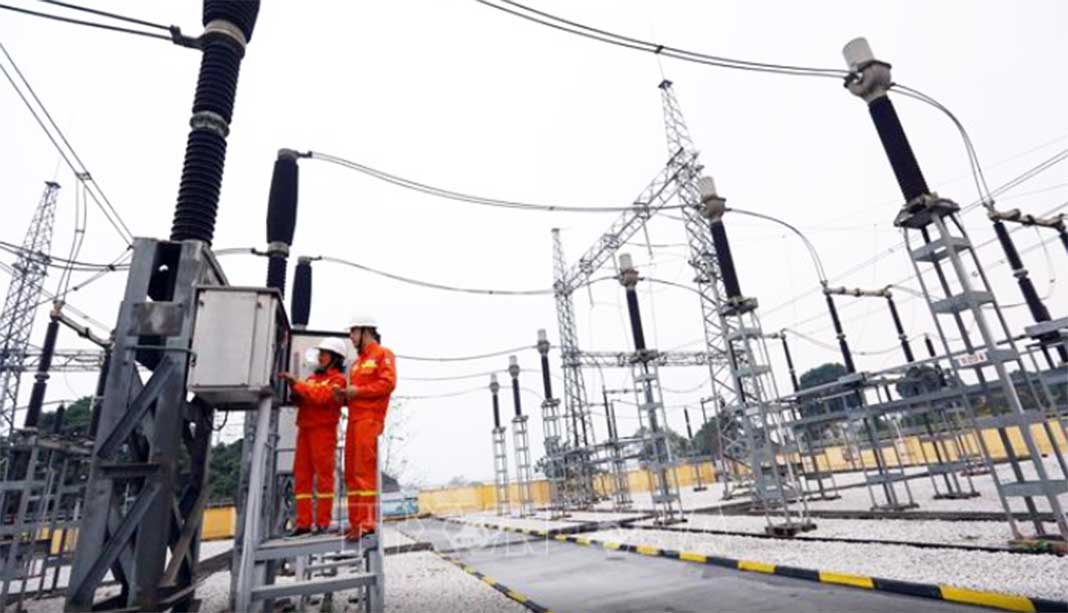HCMC – Northern Vietnam is facing a possible electricity shortfall of up to 1,770 MW in the worst-case scenario of low water levels in hydropower reservoirs, amounting to one-tenth of the power demand expected in the upcoming dry season.
The Ministry of Industry and Trade presented this forecast in a recent report to the Prime Minister concerning the power supply for 2024. The report outlined two scenarios based on the actual supply and demand of electricity this year and its projected growth.
In the first scenario, normal water inflow into reservoirs is anticipated, ensuring sufficient power supply for both businesses and households. However, certain areas in the northern region may experience power outages during the dry season due to a lack of reserve capacity to meet increasing demand.
The second scenario involves low water levels in reservoirs, similar to what was witnessed during this year’s dry season. During peak hours in June and July, there might be a power shortage of 420-1,770 MW, posing a significant challenge to power security in the north. This shortfall represents only a third of this year’s power shortage.
Experts are concerned that the northern region will face an electricity shortfall over the next two years due to the absence of additional power supply sources, coupled with an annual 10% increase in power consumption.
According to Nguyen Tuan Anh from the Vietnam Energy Association, coal-fired power plants can generate 3,100 MW by 2030, covering one-third of the demand.
The shortage of power remains a significant challenge for the north in the upcoming time, as several planned projects, such as An Khanh, Na Duong 2, and Cam Pha, are either delayed or have halted investment.









